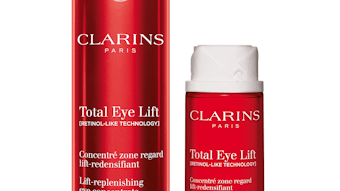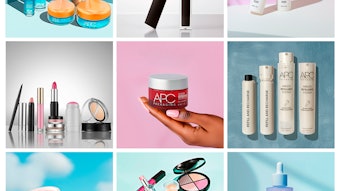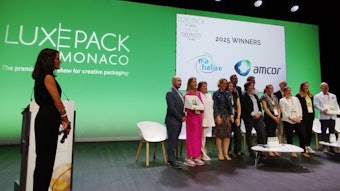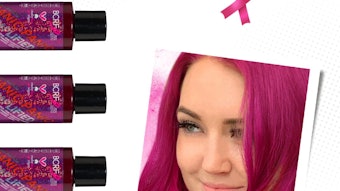“The success of Coca-Cola is based entirely on faith. Faith that it will taste good. Faith that it will be refreshing. Faith that it is ‘effervescenty’. Without faith, Coca-Cola is just a waste of sugar and water.”
Andy Warhol said that, and when you think about the importance of good design—or of well-conceived packaging within the branding paradigm—the merit of these things are also, at least initially from the consumer’s point of view, based on faith. The faith that shape and proportion are meaningful; that color and weight and materials matter; that the brand messages a package represents are worthy of consideration, or better still, desirable enough to inspire a sale.
We can safely say that packaging is faith’s messenger, and that these things are not to be taken lightly, particularly in recent economic times.
Today, as brands vie for consumer attention in what feels like an ever-shrinking marketplace, designers and marketers need to muster the vision and courage to create packaging that far exceeds consumers’ (and our own) expectations. It’s no longer good enough to deliver branding that reinforces the status quo on shelf; we have to do better than that, often with less, and create something extraordinary, intuitive, memorable and, most importantly, meaningful. It’s a tall order, but considering that almost 80% of purchase decisions are made in-store, packaging now needs to resonate with consumers like never before.
Our new reality is that consumers expect far more from their products and packaging. They want expressive and emotional experiences, and they expect the brands they support to possess packaging that embodies not just the brand’s positioning but their personal ideals as well. Like it or not, sustainability is a key global trend in luxury packaging and is growing at a brisk pace (about 5% annually).
Consumers want to know that their brands are keeping pace with what matters to them most—or are at least thinking about it. Packaging simply has to work harder; we’re talking about multidimensional messaging, value-added benefits, heightened visual impact and interactivity, all designed to authentically bolster a brand’s proposition and forge consumer relationships.
But despite these new and often diverse expectations, one thing hasn’t changed: Packaging is still the single most effective front-line tool a brand has to create an immediate, emotional and potentially lasting connection with a customer. First impressions are crucial, and that’s what packaging delivers. But, today, it better have a relevant point of view, or your brand risks being immediately marginalized.
In 2010, according to Pira International, beauty was just shy of capturing 21% of the $12 billion global luxury packaging market. Despite the recent economic turmoil, there’s never been a greater opportunity and more exciting time to be involved in the beauty industry. New and highly advanced materials, collaborative efforts among brand owners and stakeholders, new pipelines of information about the consumer, the cross-pollination of lifestyle influences, and innovative technologies all contribute toward better packaging solutions. And better solutions lead to more meaningful relationships with consumers. And that’s what it’s all about.
Kevin Marshall is the vice president and creative director of Marc Rosen Associates.









